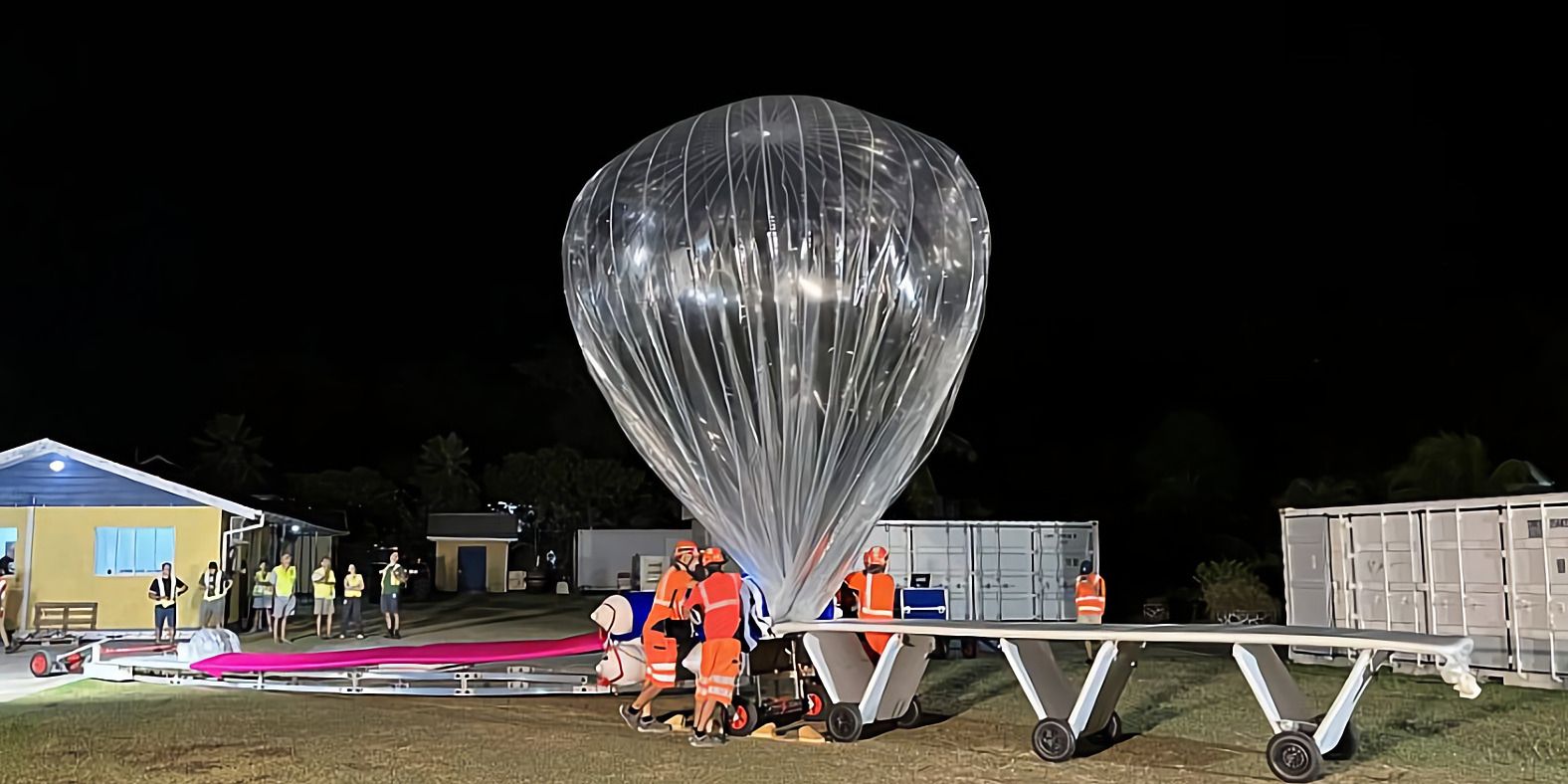A team of scientists in France has managed to measure seismic activity following an earthquake using balloons flying thousands of miles away, proposing the theory that they can also be deployed to study the conditions on Venus and other nearby planets. This is not the first experiment of its kind though. In 2019, NASA’s Jet Propulsion Laboratory and Caltech deployed balloons armed with barometers to detect the low-frequency soundwaves that are generated as an aftershock following an earthquake.
In simple words, Earth’s surface vibrates like a drum after an earthquake, sending vibrations into the surroundings. The NASA-led research endeavor, which sought to check whether such a system could be effective, proved successful. When data is reverse engineered, this method could also be of great use in studying planetary bodies far away. The key idea here is that the seismic waves traveling beneath the surface could be used to study the nature of rocks and even find underground water sources and signs of volcanic activity.
Now, experts over at France’s ISAE-SUPAERO have managed to detect seismic waves following an earthquake using balloons positioned thousands of kilometers away. Following an earthquake alongside the Indonesian Flores Sea, which hit 7.3-magnitude on the Richter scale, a network of high-altitude balloons flying some 3,000 kilometers away detected the infrasound waves generated by the seismic disturbance. From the data picked up by the sensors, scientists were not only able to determine the strength of the earthquake, but also deduced the pattern of how the seismic waves made their way across the surface. Compared to NASA’s endeavor a few years ago, the latest experiment proved that a network of sensor-equipped balloons can be used to detect seismic activity from a distance of a few thousand miles on Earth.
A Simpler Solution For Venusian Exploration
More importantly, the latest experiment again lends strength to the idea that balloons can be used not only on Earth, but also on nearby planets with harsh atmospheric conditions. The high-altitude balloons, which weigh about 66 pounds and measure 11 meters across, usually hover at a height of roughly 12 miles above the ground. The findings have been published in AGU’s Geophysical Research Letters and push forward the idea that balloons can prove to be a practical solution for remotely deducing the nature of a planet’s interiors. Right now, the primary target is Venus, whose atmospheric and tectonic disturbances have remained a mystery for scientists.
In fact, for a violent planet like Venus where the surface temperature circles around the 900-degrees Fahrenheit mark and the air pressure is 90 times higher compared to that of Earth, balloons are the only feasible way of measuring the seismic activity and trying to understand what’s under the surface of Earth’s sister planet before launching a full-fledged surface-based exploration mission like Mars. Deploying balloons as a mobile seismometer network on Venus could help unlock a lot of its mysteries. In February this year, NASA announced that it is moving forward with the design process of the DAVINCI Mission, which involves launching a probe that will freefall onto its surface. Balloons, mounted with the right kind of instruments, can also help confirm the hypothesis of whether primitive life forms are thriving in Venus' clouds.
Source: AGU



